Poets and picture book writers both know the weight of a word, the sound of a syllable, the turn of a line, and they both know that every word matters. So when poets write picture books we can expect lovely language, deep heart, and a story that sings when read aloud. This month we want to feature poets who have written picture books we especially love.
We probably should start with a book written by Kwame Alexander and Deanna Nikaido and illustrated by Melissa Sweet (Candlewick, 2023) How to Write a Poem. This wonderful book reminds readers of all ages that poetry is part of all of us and that poetry begins with noticing. In an author’s note Kwame Alexander writes: “We wrote this book to help us each find our way back to an appreciation of words … to show you how to use your works, how to lift your voices … how to change the world … one stanza at a time.”
And the words in this book are wonderful! It is hard not to quote the entire book. But we won’t. Here’s the beginning:
Begin
with a question,
like an acorn
waiting for spring.
Close
your eyes,
open
the
window
of
your
mind, and
climb out, like a seedling
reaching for tomorrow.
Who would not want to pull out pencil and paper?
It is a companion book to the previously published How to Read A Book (HarperCollins, 2019), also illustrated by Melissa Sweet. In this earlier book Alexander compares reading a book to eating a clementine and uses that simile to great effect throughout the book. Reading is: “A picnic of words and sounds/in leaps and bounds.” And “Don’t rush though:/Your eyes need/time to taste. /Your soul needs/room to bloom.”
These are books to read and share, to drop on the porches of homes with children, leave on park benches, secretly deposit in little free libraries, where they can be found and do their revolutionary work of changing lives.
Helen Frost is a poet and author of more than twenty books for children and young adults. She has done a series of non-fiction picture books with photographer Rick Lieder, all published by Candlewick:
Step Gently Out, 2012 (Backyard insects)
Wake Up, 2017 (new life: just-hatched birds, fawns)
Sweep Up the Sun, 2018 (common back yard birds)
Among a Thousand Fireflies, 2019 (fireflies)
Hello I’m Here, 2019 (sandhill cranes)
Wait and See, 2022 (praying mantis)
All of these books are powerful reminders of the wonders of the wild, whether the wild is a ways away or right outside our back doors. Just because we are partial to cranes, we want to spend a little more time with Hello, I’m Here, a book that features the adventures of a just-hatched sandhill crane. The baby crane speaks to readers from inside the egg (as an end note informs us these babies do — and the adults speak back!): “It’s getting crowded/inside this egg. /I can’t flap a wing/or stretch a leg.” The crane’s voice is perfect for a young one of any species. The baby at one point looks up at cranes flying and asks how they learned to fly. The photograph of the young crane resting its head on mama’s wing is so touching — and reminds us of times when we’ve been exhausted and needed a soft, safe place to rest.
The close-up photographs of the crane chicks provide us all with a rare look at the family life of cranes.
Of course we have to mention Lucille Clifton, one of our absolute favorite poets and children’s book writers, and The Boy Who Didn’t Believe in Spring. It has a prime spot on our Favorite Books Shelf. And others must agree – the book has been continuously in print for fifty years!
King Shabazz does not believe in spring. “ ‘Where is it at?’ he would holler every time his Mama talked about Spring at home.” One day he goes to his friend Tony Polito. “’I’m goin to get me some of this Spring…Everybody talk bout Spring comin, and Spring just round the corner. I’m goin to go round there and see what I do see.’” So off they go past the school, past Weissman’s Bakery, where they stop and smell the buns, past the apartments where the kid lives who had said “he was going to beat them both up.” They pause at the streetlight, each waiting for the other to commit to crossing the street which they are not allowed to cross. “They stood there for two light turns and then King Shabazz grinned at Tony Polito, and he grinned back, and the two boys ran across the street.” They do find Spring on a vacant lot, where a patch of little pointy yellow flowers with spiky green leaves is growing though the pavement and, in the front seat of a rusted out car — a bird’s nest with “four light blue eggs.”
“’Man, it’s Spring,’ he [King Shabazz] said almost to himself.”
This story is a joy. We are so glad King Shabazz and Tony are still out there finding spring for readers of all ages.
(p.s. Among Lucille Clifton’s other pictures books that we adore are the Everett Anderson books, and we wish, oh, we wish, someone would bring them back into print.) Anyone? Anyone?
Joy Harjo, twenty-third poet laureate of the U.S., has written several picture books, among them Remember, a book illustrated in rich and beautiful art by Caldecott medalist Michaela Goade. Remember is a stunning book both word-wise and art-wise. “Remember the sky that you were born under, know each of the star’s stories.” So the book begins, and so it continues. “Remember the moon, know who she is./Remember the sun’s birth at dawn, that is the strongest point of time.” Through clear and elegant language Harjo encourages readers to remember sundown and night, birth, mother, father, “the earth whose skin you are,” the wind, people, plants, animals, trees. “Talk to them,” she tells us, “Listen to them./They are alive poems.”
This book is an alive poem. We would love to simply quote this whole book to you or better still let you hear it in Harjo’s voice. Read it out loud, savor the words, savor the art. And remember.
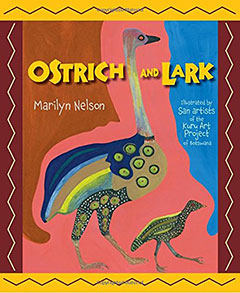
Marilyn Nelson, a gifted poet who recently won the Wallace Stevens Lifetime Achievement Award from the Academy of American Poets, has also written books for young readers, among them A Wreath for Emmett Till, Snook Alone, and Lubaya’s Quiet Roar. Her book Ostrich and Lark is colorfully and strikingly illustrated by San artists of the Kuru Art Project of Botswana, a collective of artists who work in the tradition of their ancestors that reaches back to rock paintings thousands of years old and expresses their deep connection to nature and their culture.
Ostrich and Lark is a story of two friends who spend each day together from “first light, day in and day out./ And they parted at nightfall.”
“Every day they nibbled an ongoing meal:
a few seeds here,
a few seeds there;
for Ostrich, the occasional lizard.”
Every day, surrounded by “a drizzle of buzzings … a downpour of birdsong,” Lark and other birds of the veld sing from “gray-light-come to last-light gone,” but Ostrich is always silent, although at night he sometimes dreams of singing. Then one evening, as the sun sinks, birds swoop to their nest, and “the gates of night opened to the dark,
Ostrich fluttered his billowy wings
He stretched his graceful neck,
closed his eyes, and
‘TWOO-WOO-WOOOT …’
Ostrich had found his voice at last,
his own beauty,
his big, terrific self.”
This is a book to bring joy to anyone wondering about their own voice. May we all find our own booming voices to share with the world.
Thank you to these poets who share their own beautiful, terrific voices with us all.

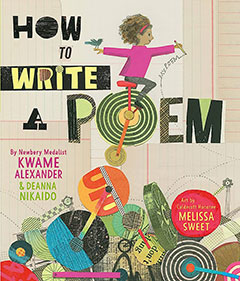
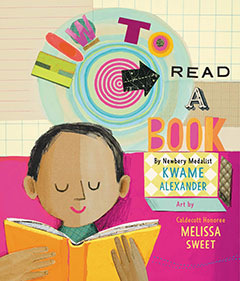
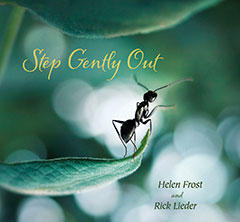
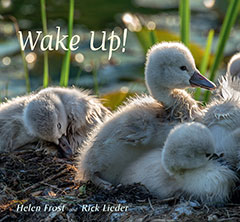
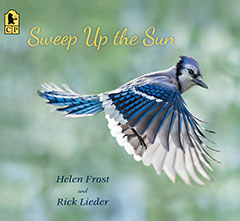
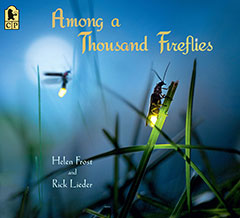
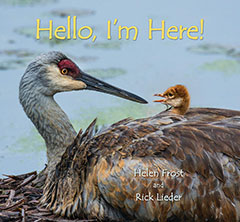
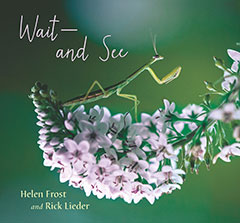
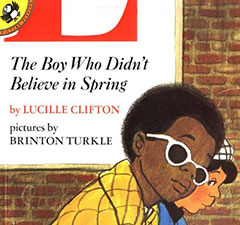
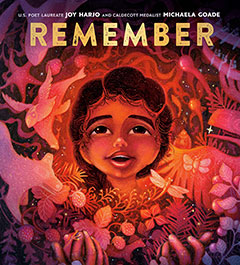
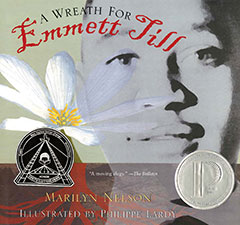
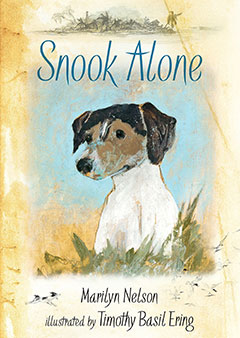
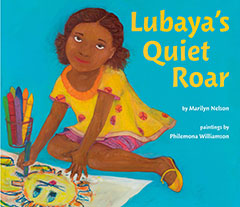
Terrific post! An important part of childhood is learning to use language to express ideas and feelings and the wonders of the world around us. These beautiful lyrical books are excellent examples that we grown-ups can provide for our children to help expose them to the literary skills and patterns they need. And they’re so fun to read aloud!
Thanks for this great inspiration! Now I am eager to order many of the books on your list, esp. as I am focusing more on poetry and storytelling next year in my classes. I think I might use the book “Sweep up the Sun” as a companion text for Twitch (Leonard, 2021), so thanks for that idea too!